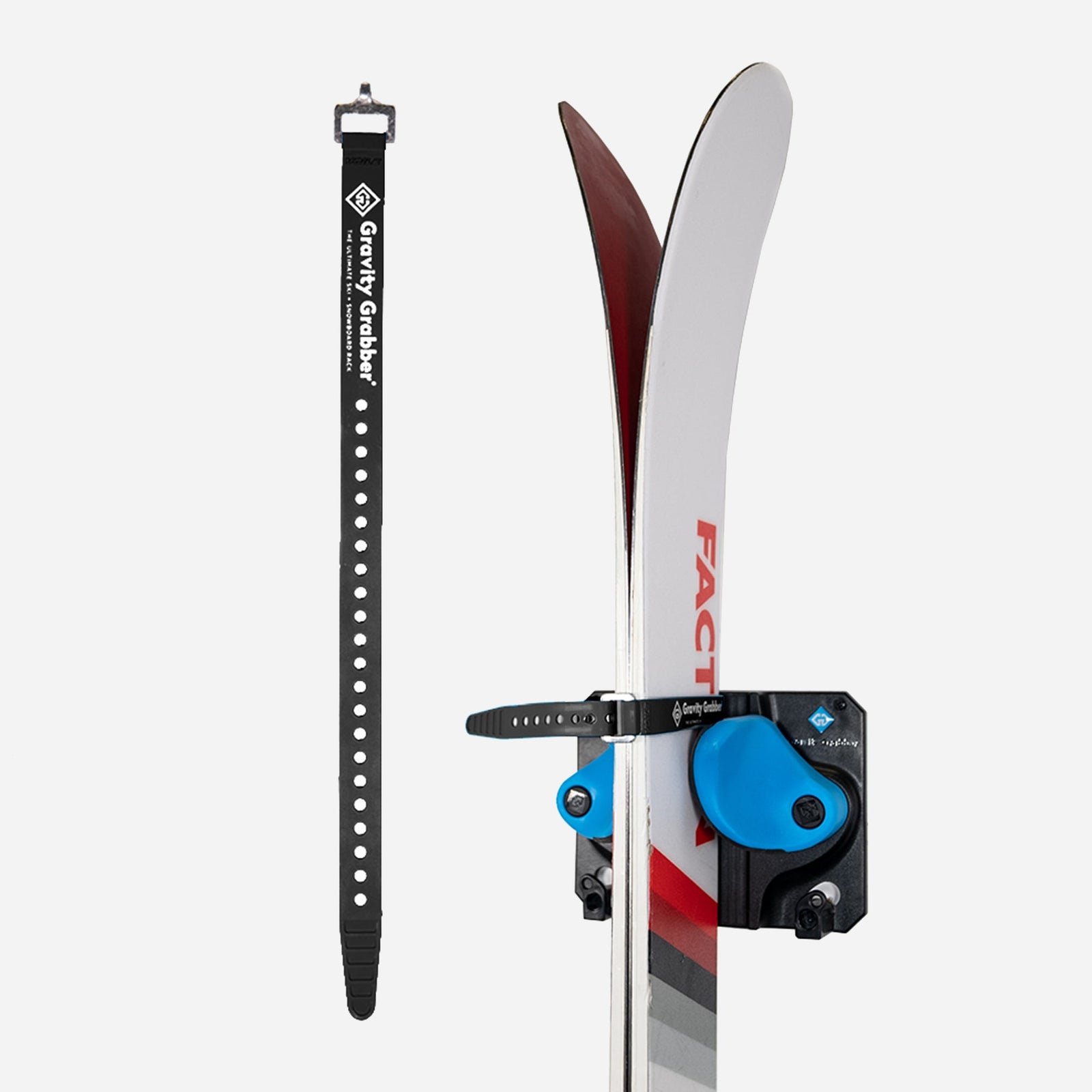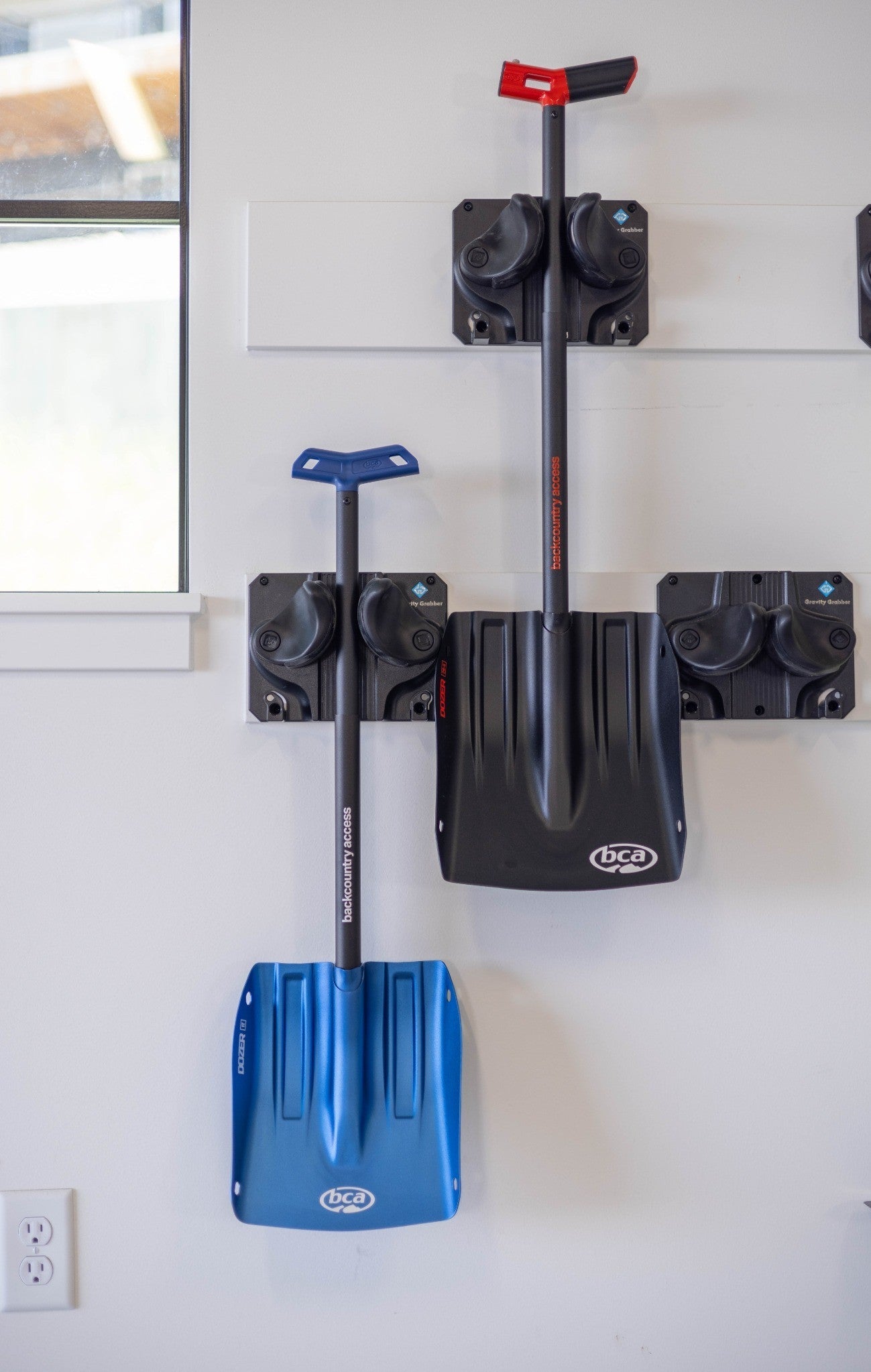Ski boots are one of the most critical pieces of ski gear, and they can also be one of the most expensive. Properski boot storage is essential for maintaining their shape, preventing wear, and ensuring they perform well season after season. Whether you’re storing them for a few weeks between trips or packing them away for the summer, following the right steps can help extend their lifespan.
Why Proper Ski Boot Storage Matters
Ski boots are designed to provide support and precision, but they can degrade quickly if stored incorrectly. Improper storage can lead to:
-
Shell warping – Changes in shape due to pressure or heat exposure.
-
Liner compression – Loss of padding and support over time.
-
Moisture buildup – Leading to mold, odors, and material breakdown.
-
Buckle strain – Over-tightening or leaving buckles undone can affect fit and performance.
Taking the time to store ski boots properly ensures they remain comfortable and responsive when you hit the slopes again.
Step-by-Step Guide to Storing Ski Boots
1. Clean and Dry Your Boots
Before storing your ski boots, make sure they are completely clean and dry.
-
Remove the Liners and Insoles – Take out the liners and footbeds to allow all moisture to escape.
-
Dry Them Properly – Use a ski boot dryer, or place them in a warm, dry area with good airflow. Avoid direct heat sources like radiators or space heaters, as excessive heat can damage the liners and plastic shell.
-
Wipe Down the Shell – Use a damp cloth to remove dirt, salt, and grime from the exterior of the boot.
2. Buckle the Boots Loosely
One of the biggest mistakes skiers make is storing their boots unbuckled or overly tightened.
-
Leave the buckles lightly fastened to maintain the boot’s shape and prevent shell deformation.
-
Do not over-tighten as this can put unnecessary stress on the plastic.
3. Store in a Cool, Dry Place
Where you store your ski boots is just as important as how you prepare them.
-
Avoid damp basements or garages where moisture buildup could lead to mold or material breakdown.
-
Keep them away from extreme temperatures—too much heat can warp the shell, and freezing conditions can make plastic brittle over time.
-
Use a boot bag for added protection, especially if you’re storing them in a closet or another shared space.
4. Maintain Proper Airflow
Even after drying your boots, residual moisture can linger, leading to odors or mold.
-
Store bootswith the liners slightly open or useboot trees to allow continued airflow.
-
If possible, placesilica gel packs inside the liners to absorb any excess moisture.
5. Check on Them Periodically
If you're storing ski boots for an extended period, it’s a good idea to check them every few weeks.
-
Ensure there’s nomoisture buildup inside the boots.
-
Lightlyflex the shell and buckles to prevent stiffness and keep them in good shape.
Bonus: Prepping Boots for Next Season
When ski season approaches, take a few steps to make sure your boots are ready to go:
-
Re-dry and inspect them for any damage or worn-down liners.
-
Adjust buckles to check for proper fit.
-
Test insert comfort and consider replacing insoles if they feel compressed.
Final Thoughts on Ski Boot Storage
Taking care of your ski boots during storage is just as important as how you treat them on the mountain. Bycleaning, drying, and storing them in a controlled environment, you canprevent damage and extend their lifespan. Follow these simple steps, and your ski boots will be ready to perform whenever the next ski trip calls!




